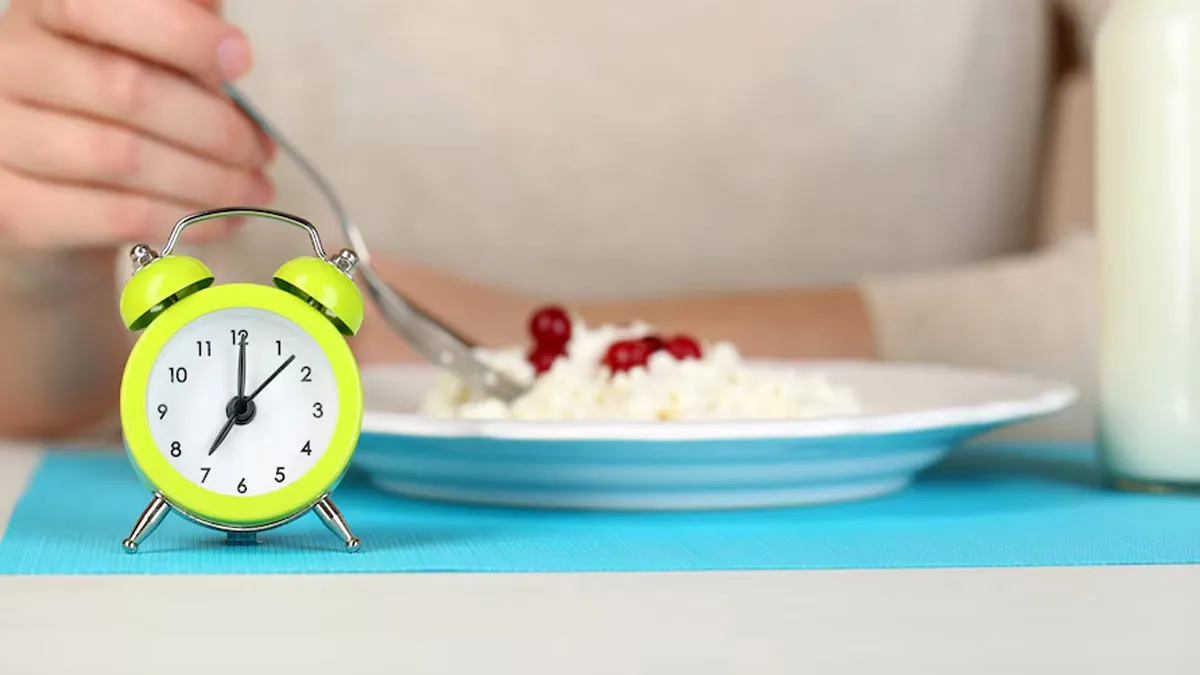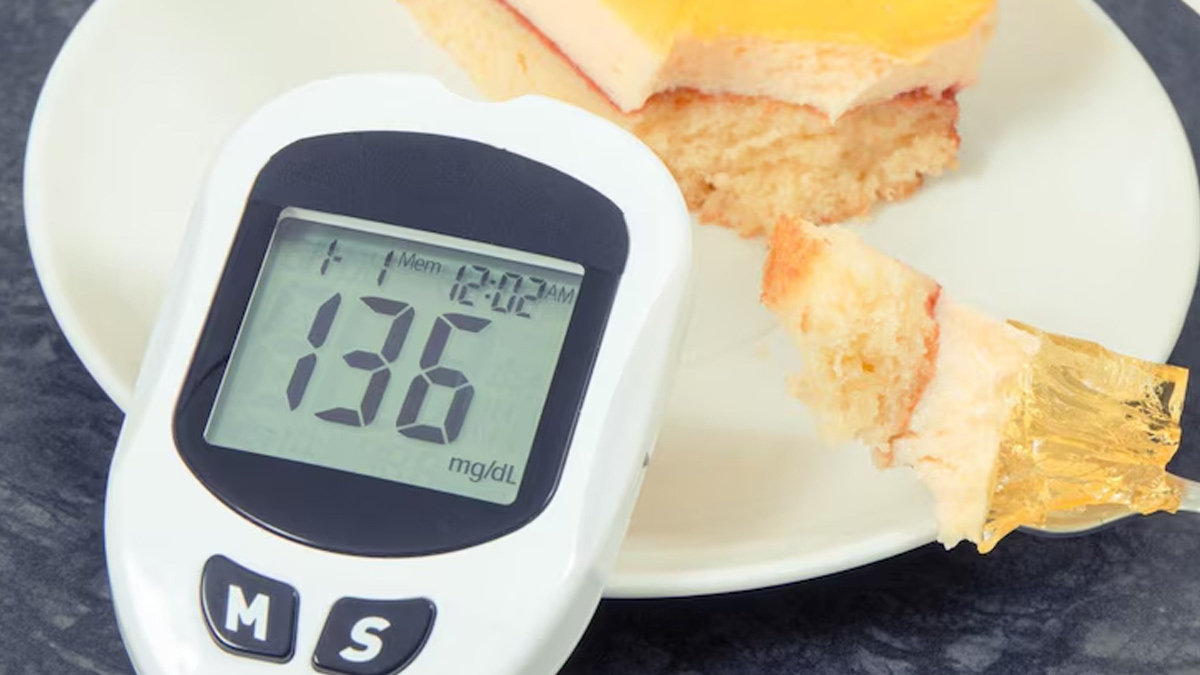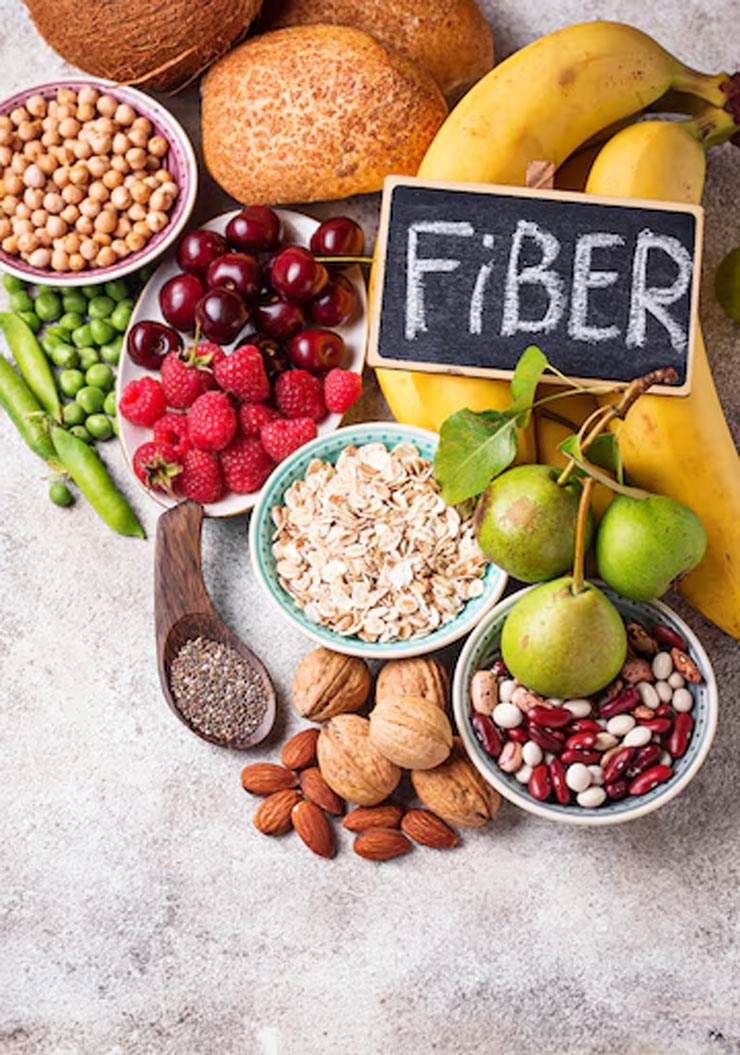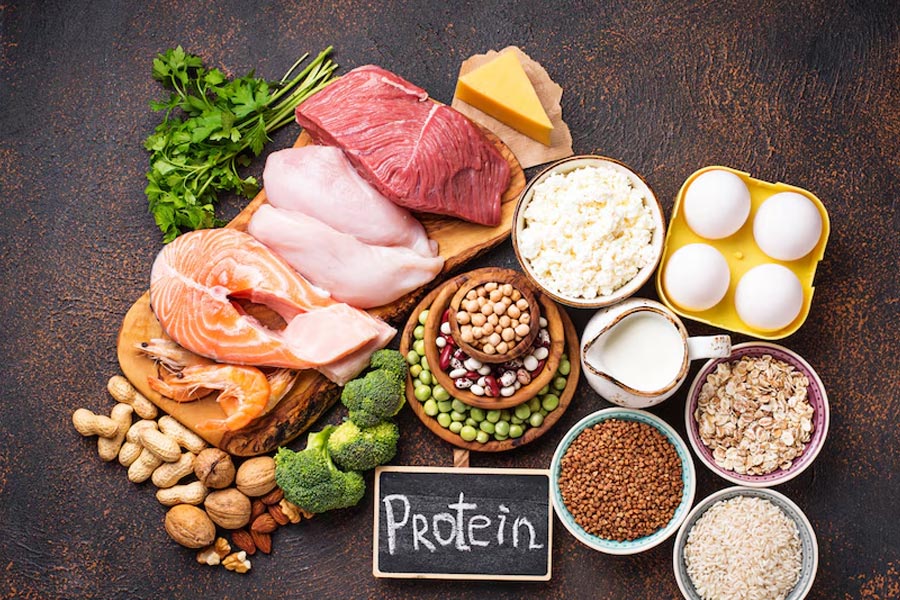
Did you know the composition of one meal can influence the metabolic response to a subsequent meal? One such phenomenon is called the second meal effect, which is the effect of the first meal after taking the second meal on the glycemic index of a patient. This effect plays an important role in balancing blood sugar levels, which is crucial for metabolic health and particularly beneficial for individuals with impaired glucose tolerance or diabetes. We spoke to Dr Hiran S Reddy, Consultant Physician, Diabetologist and Critical Care Specialist, Gleneagles Hospital, Lakdi-ka-pul, Hyderabad, who explained the second meal effect and how to optimise it to manage blood sugar levels.
Table of Content:-
What Is the Second Meal Effect?

"The second meal effect refers to the phenomenon in which the glycemic index (GI) of a preceding meal can have a lasting impact, affecting the body's blood sugar response to a subsequent meal," said Dr Reddy. The GI of an evening meal impacts the Postprandial Glycemic Response (PPGR) of a breakfast meal the next morning. PPGR is a way to measure how well your body's metabolic system is working.
It specifically deals with the glycemic response from eating foods with varying glycemic indices. For example, when a meal rich in fibre and legumes is consumed, it slows down digestion and the absorption of glucose into the bloodstream. As a result, the blood sugar rise after the subsequent meal is more gradual and controlled. This phenomenon not only helps in reducing postprandial (after eating) blood sugar spikes but also enhances overall insulin sensitivity.
According to a 2009 study, in people with obesity and type 2 diabetes, the increase in plasma glucose was reduced by 95% after lunch when it followed breakfast, highlighting the presence of the second-meal effect in type 2 diabetes. The impact on plasma glucose levels was comparable to, or even slightly greater than, that observed in healthy individuals, which showed a 73% reduction in post-lunch hyperglycemia.
How To Minimise the Impact Of the Second Meal Effect?
Role Of Dietary Fibre

There are many factors contributing to the second meal effect. One important factor is the role of dietary fibre. "Fibre helps control blood sugar spikes after eating by slowing down digestion. It also reduces the amount of sugar absorbed by the body. Additionally, fibre and other hard-to-digest carbs can even help regulate blood sugar levels at the next meal," added Dr Reddy. Moreover, fibre and other carbohydrates that are hard for the body to digest (like resistant starch and dietary fibre) can also help regulate blood sugar levels at the next meal, according to a 2012 study.
Consuming fibre-rich legumes, such as soybeans, helps regulate blood sugar levels after meals by slowing down digestion and absorption. Moreover, these foods also have a beneficial carryover effect, enhancing blood sugar control during subsequent meals.
Low Glycemic Index Foods
Another significant factor is the modulation of insulin secretion and sensitivity. By consuming a high-fibre, low-glycemic index meal, the pancreas does not need to release large amounts of insulin immediately. This moderated response carries over to the next meal, where the body remains better prepared to manage the incoming glucose. The sustained release of insulin and improved sensitivity helps to keep blood sugar levels more stable throughout the day.
Also Read: Think You’re Safe From Diabetes Because You’re Slim? Here’s Why You Should Think Again
High-Protein Foods

According to the Journal of Nutrition, giving a high-protein snack to people with type 2 diabetes two hours before breakfast resulted in a 40% reduction in postprandial blood glucose levels. This effect may be linked to the release of gut-derived signals. However, it remains uncertain whether these gut-derived signals (incretins), which enhance insulin secretion in response to glucose, have an influence on glucose responses during the second meal.
Glycogen and Insulin
The second meal effect may be caused by the body's ability to store glucose as glycogen after the first meal. According to the 2012 study, it was found that:
- Eating breakfast suppressed fat (FFA) levels and reduced the blood sugar spike (73%) after lunch.
- Breakfast consumption increased glycogen formation after lunch, with 50% more glucose stored as glycogen within two hours and double that within five hours.
Hence, eating a meal can improve your body's ability to maintain blood sugar levels and store glucose as glycogen. This leads to a reduced glycemic response to subsequent meals.
[Disclaimer: This article contains information provided by an expert and is for informational purposes only. Hence, we advise you to consult your professional if you are dealing with any health issue to avoid complications.]
Also watch this video
How we keep this article up to date:
We work with experts and keep a close eye on the latest in health and wellness. Whenever there is a new research or helpful information, we update our articles with accurate and useful advice.
Current Version